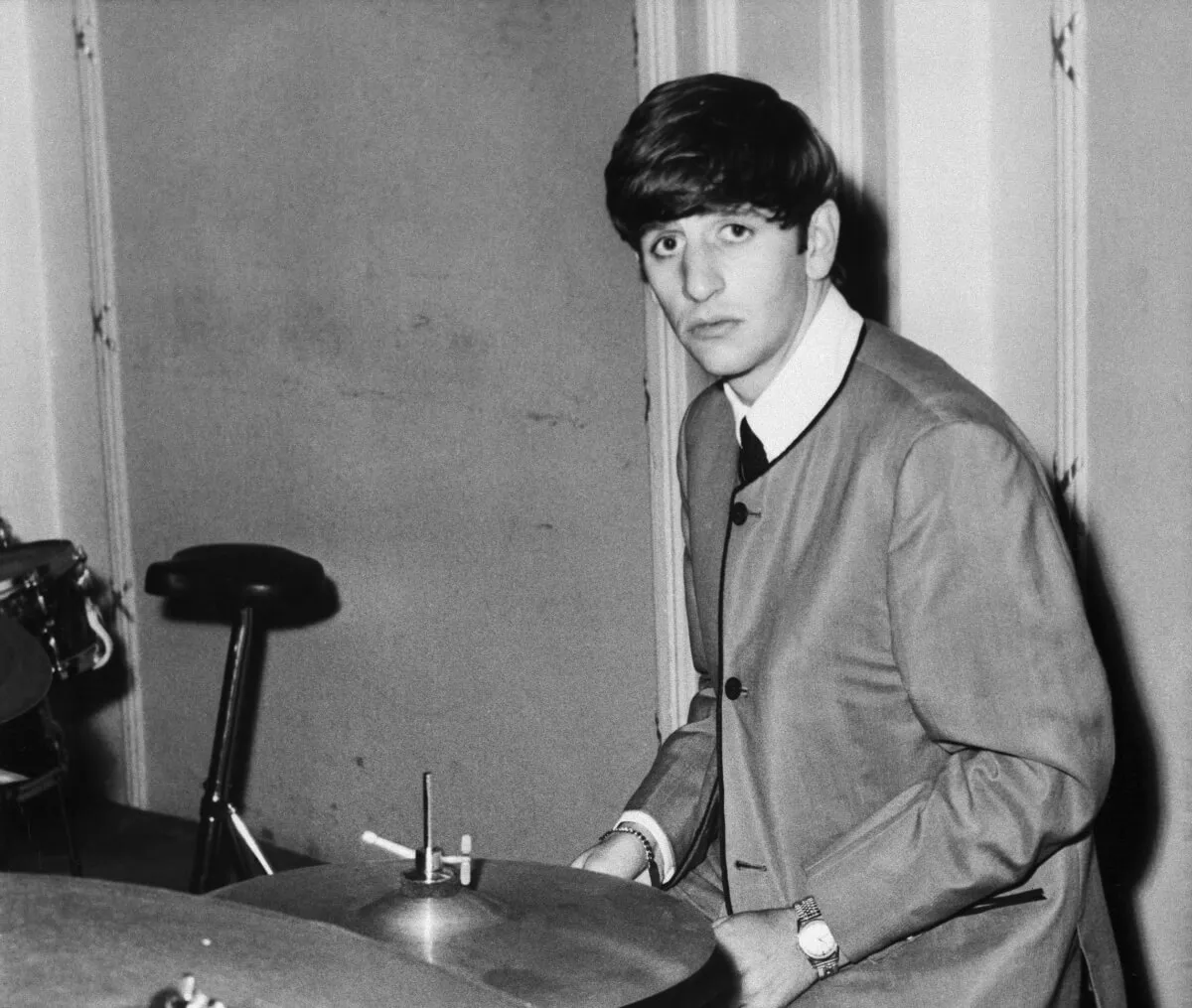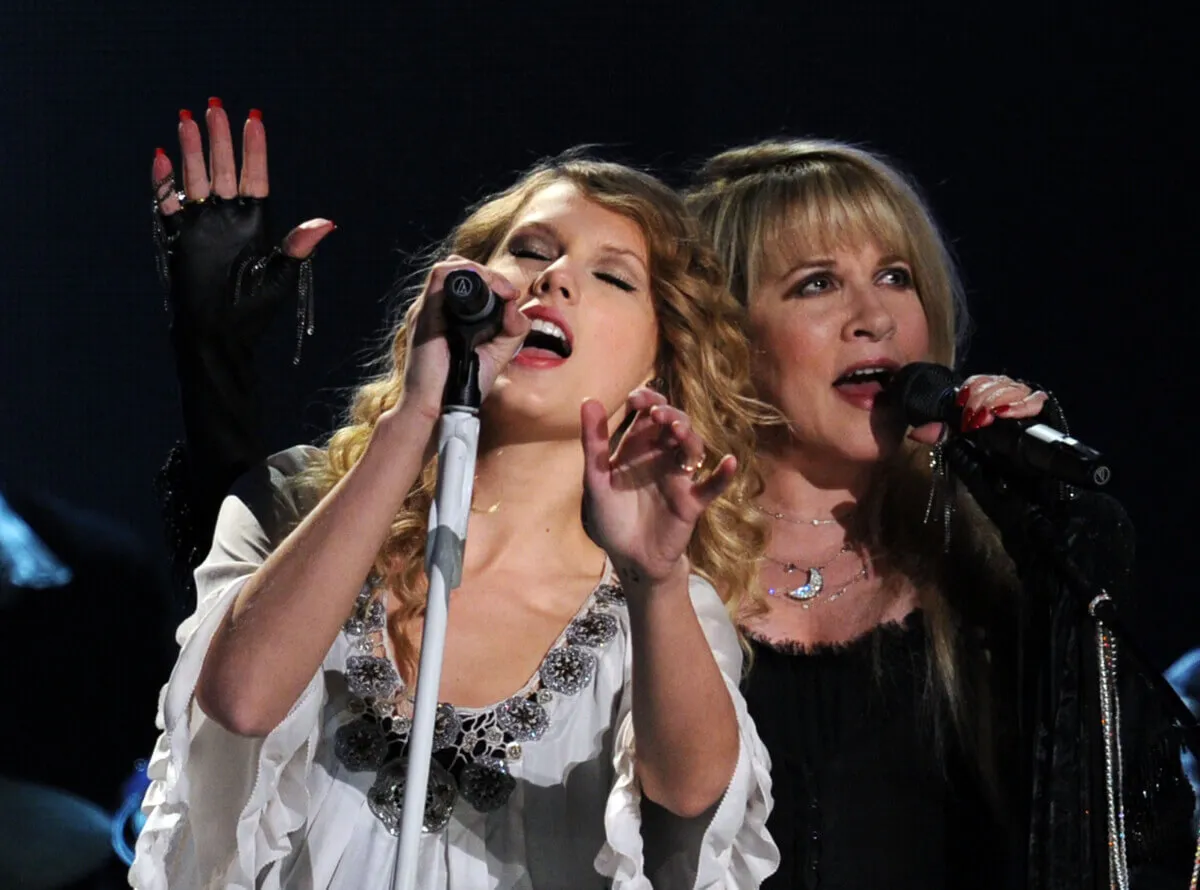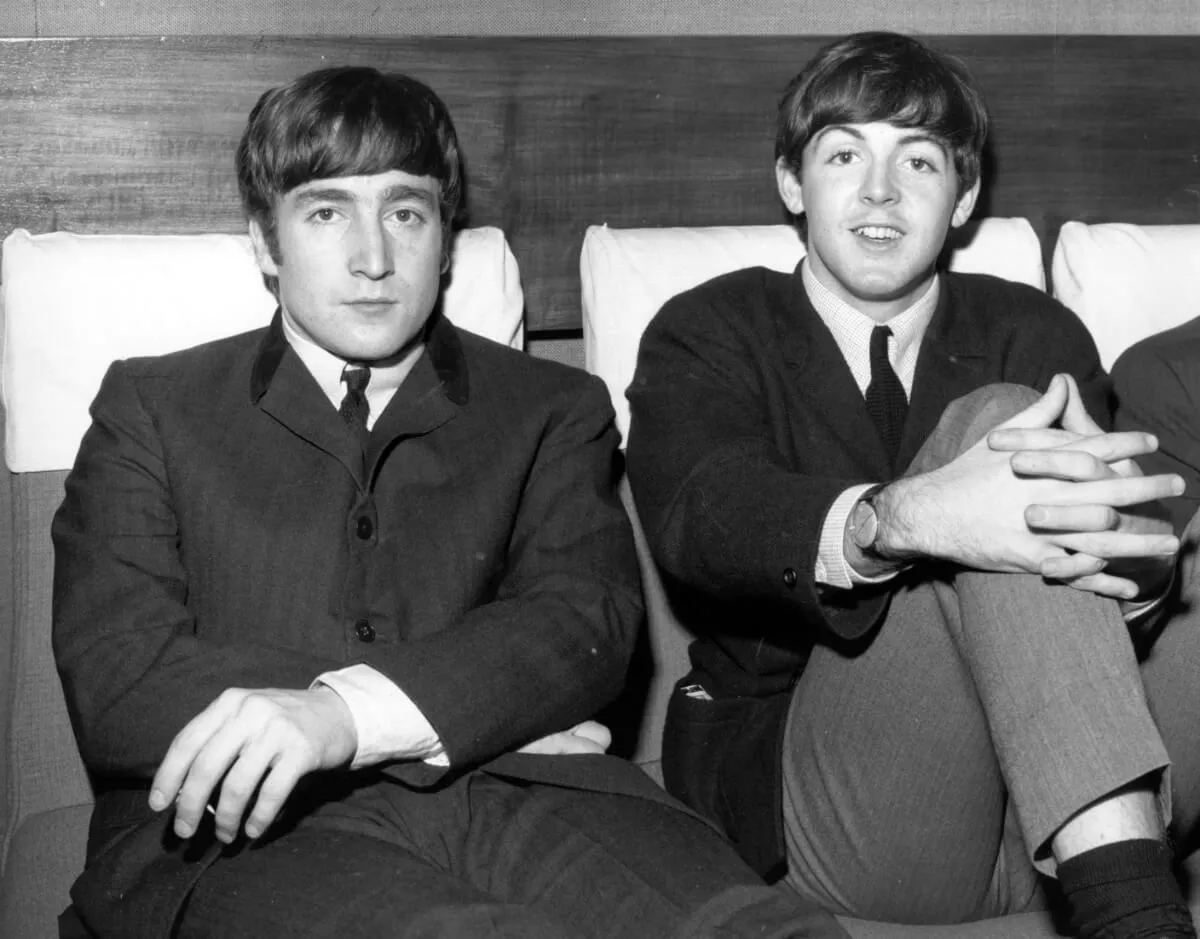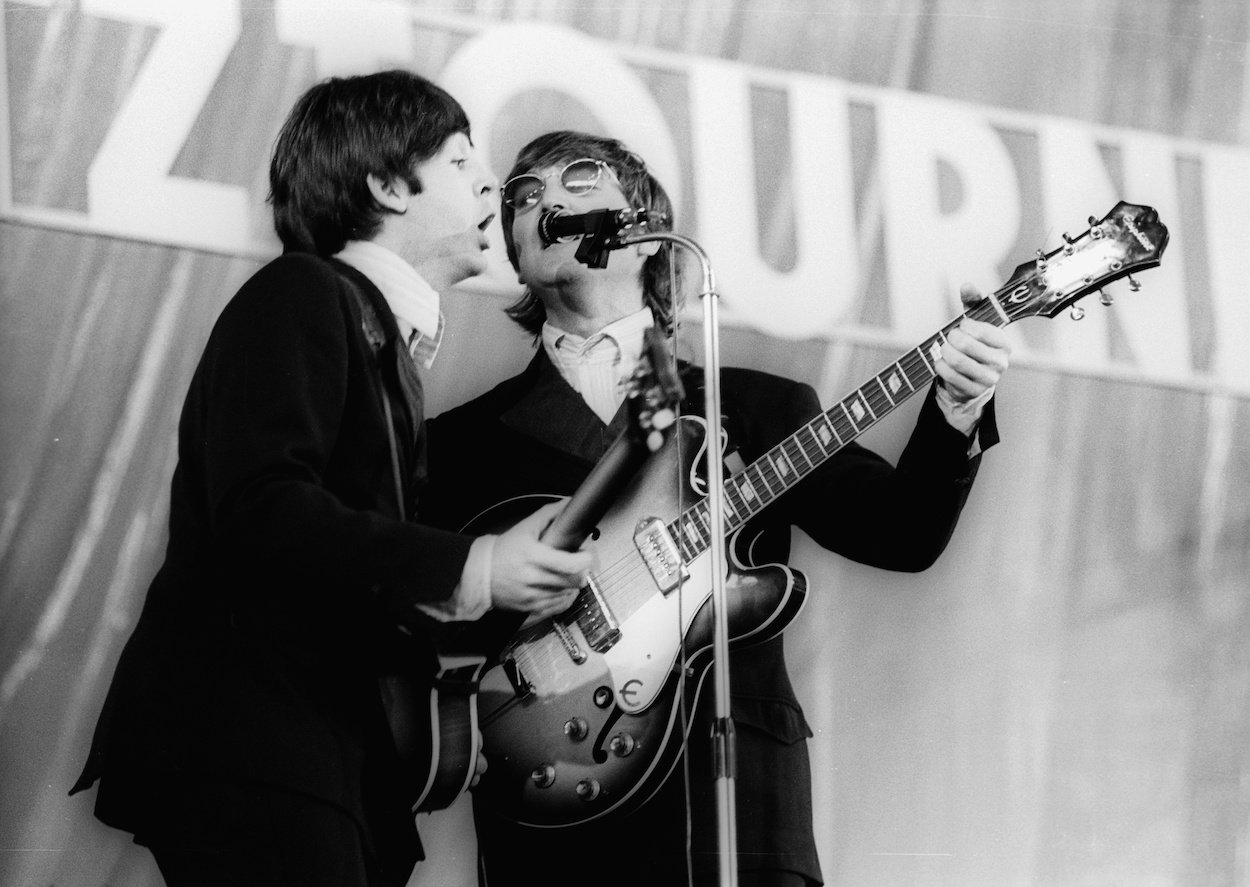
How 1 Photo Reminded Paul McCartney He Wasn’t the Villain of The Beatles’ Break-Up
Nothing good lasts forever, and that includes The Beatles. They had a string of hit albums throughout the 1960s, but personal and artistic differences caused the band to splinter by the end of the decade before they broke up for good in 1970. No one member necessarily caused the band to break up, but Paul McCartney once revealed the public casting him as a villain of the Beatles’ break-up had him believing it was true until he saw one photo of him and John Lennon together.
Why did the Beatles break up? Paul McCartney once pointed to several areas of disagreement
With hindsight being 20-20, one could trace the threads of the Beatles’ break-up back to their early days. The band had conflict even when they were just four lads looking to build their fan base, such as Paul and George Harrison arguing about car keys for two hours.
By the end of the 1960s, however, each member had solo work in mind, and the Fab Four also had different opinions about how to run their shared business interests. The death of their strong-willed manager Brian Epstein also threw the band into disarray. There was no one cause for why the Beatles broke up; it was a collection of problems that caused their split.
Tossing Ringo out of his house is one story that casts Macca as the bad guy of the Fab Four’s final days, and he believed the talk that he was. However, seeing one photo reminded Paul he wasn’t the villain when the Beatles broke up.
Seeing one photo of him and John Lennon reminded Paul McCartney he wasn’t the villain of the Beatles’ break-up
The Beatles were an integral part of the culture in the 1960s. It’s hardly a stretch to say they were the most popular band on earth. Their appearance on Ed Sullivan’s show in 1964 brought throngs of screaming fans, as did their 1966 Shea Stadium concert.
The public looked for goat when the band broke up, and Paul said the chatter that cast him as the bad guy had him believing it was the case. But seeing a photo of him and John working on a song together cemented the fact he wasn’t the villain of the Beatles’ break-up, as he told Stephen Colbert (via YouTube):
“That’s a very special picture for me, actually. When the Beatles broke up, a lot of the talk was that, like, I was the villain and that John and I didn’t really get on well. There was a lot of down talk about it because everyone was sad the Beatles had broken up, and I kind of bought into it. When you’re called it enough, you start to think, ‘Maybe I was [the villain].’
“So I had to do a lot of sort of wrangling, with, ‘Was I? Wasn’t I? Did I know John? Were we friends?’ Knowing really we were, but there were so many rumors about it. And that photo, when I saw that, it’s like, ‘Yes, we were friends.’ And it’s a beautiful photo for me because it just reminds me of us working together and how cool it was.”
Paul McCartney explains how a photo reminded him he wasn’t the villain in the Beatles’ break-up
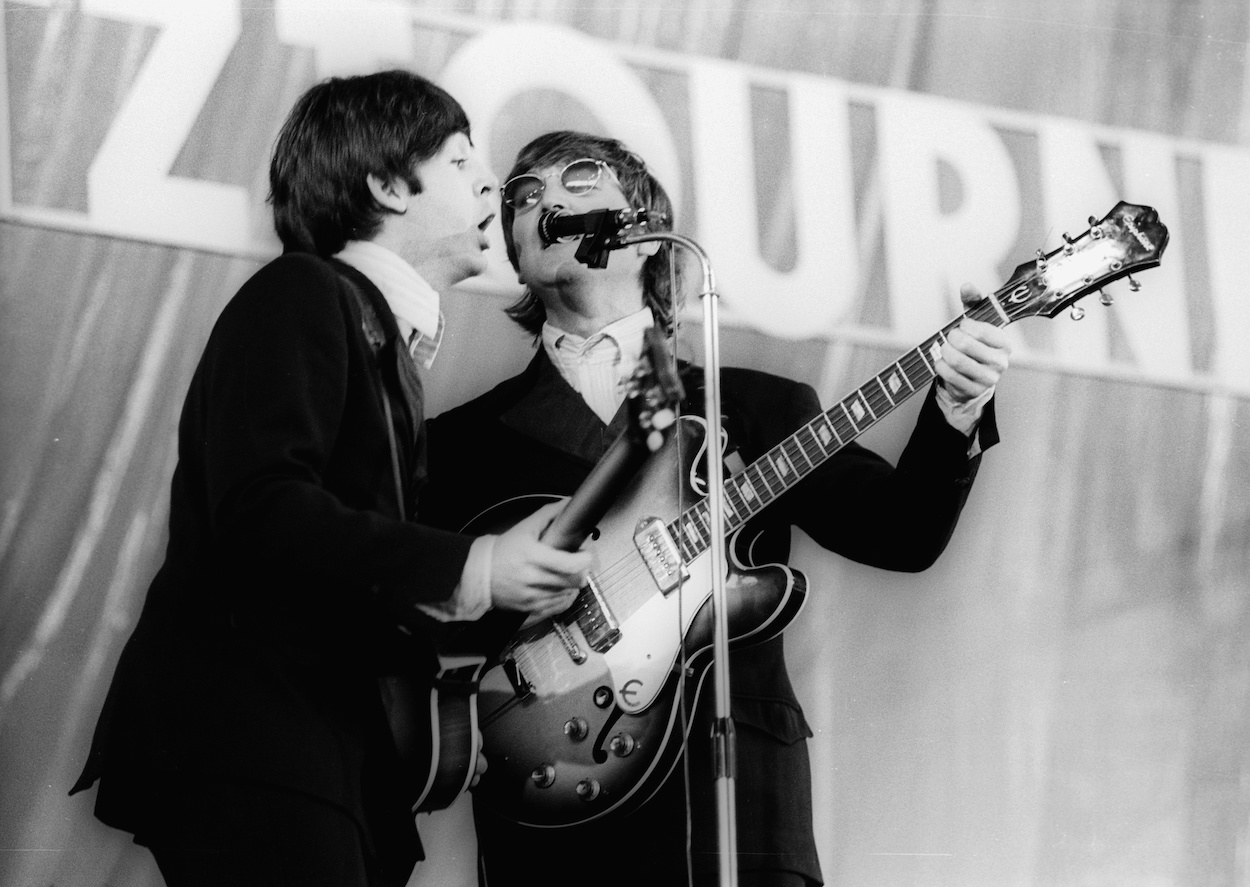
The bitter feelings at the time of the Beatles’ demise might have overshadowed what the band was about all along — the music. For Paul, seeing that one photo of him and John collaborating reminded him that he wasn’t the bad guy in the break-up.
Macca found solo success after the Fab Four
Ringo and the rest of the Beatles pleaded, but Paul put his solo debut, McCartney, on shelves about two weeks ahead of Let It Be in 1970. It contained the now-classic song “Maybe I’m Amazed,” but George found the album disappointing. Critics, perhaps still adjusting to hearing individual Beatles instead of a collective, hated Paul’s early solo records.
However, Macca found success as a solo artist not long after the Beatles broke up. Ram, released in 1971, is a fan favorite. The 1973 Wings album Band on the Run includes the hit title track as the lead song, followed by “Jet” (how anyone ever reached side two is amazing). And let’s not forget “Live and Let Die,” which endures as one of the most memorable James Bond theme songs.
It took time, but Paul’s solo songs found success comparable to the Beatles. He penned nine Billboard No. 1 songs, another 14 top-10 hits, and six Wings albums achieved platinum status from the Recording Industry Association of America.
Paul McCartney found solo success fairly quickly, but it took some time and one photo of him and John for him to realize he wasn’t the villain of the Beatles’ break-up.
For more on the entertainment world and exclusive interviews, subscribe to Showbiz Cheat Sheet’s YouTube channel.
